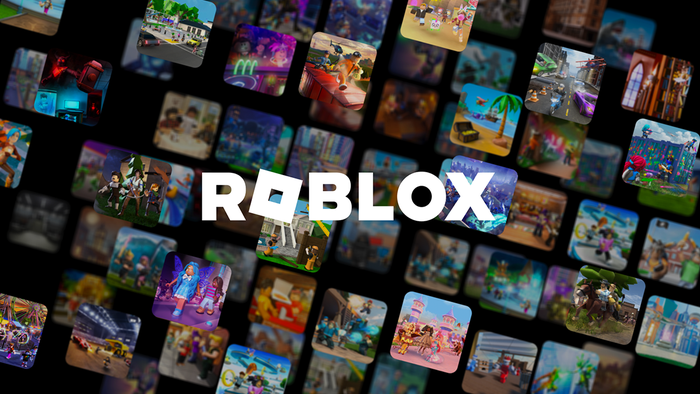This Is What Product Designers Should Learn From The Slot Machine Industry
What constitutes a great product design? It's no easy achievement keeping a player or user engaged for a long time. Find out what products are following the rules of engagement and how you can do the same with your product.

Slot machines are not the first thing that comes to one’s mind when thinking about great product design. Which is a shame, because slot machines obviously got something very right: they have been around for more than a century, fundamentally unchanged, and are still riding high the popularity train. Casinos all around the world allocate 80% of their floor space to slot machines. Did we say Great?
This takes us back to the same-old argument of popularity vs. quality. When Dan Brown published The Da Vinci Code critics chuckled and razed Brown’s writing, plotting and everything in between. Then, the novel sold 80 million copies. So which is it? Is The Da Vinci Code great or crap?
It is un-doubtfully great. And I have no problem admitting it even though I read it and thought, and still think, that it’s total crap. But it is a great novel because 80 million people bought the book, read it from cover to cover and loved every minute of it.
Now spinning back to slot machines, a product that has been 100-something year on the market and still attracts millions of users all around the world – can it be not great? Nope.
The Rules Of Engagement
So what makes slot machine so great? A few things:
Their ability to engage players for long stretches of time
The fact that players keep coming back for more
How slot machines keep adapting to market changes
Keeping a player/user engaged for long stretches of time isn’t an easy fit to achieve. There are so many distractions these days. Products compete for your attention, engagement and design so much that an MIT anthropologist spent almost ten years trying to figure out the allure of the slot.
In her book Addiction By Design Natasha Schull calls it ‘the machine zone’, the state that players enter when playing slots, a state of suspended consciousness. Some players even reported to Schull that they hate winning because it interrupts the flow, it yanks them out of the zone.
Schull was so impressed (and terrified) from the players’ accounts, that she coined the phrase Slotification for a repetitious action that have no purpose other than the repetition of the action itself. Think of Minecraft, think of scrolling your feed on Facebook.
Slotification can be recognized in many of today’s most successful digital products. Every new product thrive to achieve exactly that, and those who succeed are those that have managed to find that magic balance between investment and return. It doesn’t need to be money that users invest and get in return, it can be anything you want it to be as long as that users are wanting it.
In Facebook the return is the form of Likes, in LinkedIn it’s networking abilities and maybe a lucrative job offer down the road, in Minecraft it’s… sorry, I really don’t know – satisfaction maybe?
God Is In The Details
Another seemingly perplexing fact about slot machines is that players never get tired of it. They can spend a few good hours playing it and then the following day do it all over again. For an observer this seems on the verge of bizarre – how come they don’t get bored? What propels them to return again?
The answer to this lies in the actual design of the machine and the games themselves. If you think ‘there’s nothing’ in slot game design, that it’s just reels spinning and stopping, check out the following video where Brett Jackson, director of game development in Bally Technologies, explains just how much attention and critical thinking goes into the design of slot machines with the sole purpose of luring the players back.
From Mechanical To Digital – Be As Adoptive As Slots
The last thing to take notice of is the remarkable adaptability of slot machines, their seamless transformation from mechanical to digital and then to online. When arcade games started gaining popularity the slot industry was quick to adapt and churn out video slots, machines with screens that run on software to replace the decades-old mechanical slot machine.
Even more so, their swift adoption and embrace of the Internet was nothing less than impressive. They managed to adjust the experience to the online universe – these days there are hundreds if not thousands of websites that offer slot machines, either for gambling or for social gaming. Yes – people nowadays play slots for fun without the chance of winning money. If that’s not a testimony for the strength and sweeping popularity of slots, than what is?
Again and again slot machines have proved that thoughtful design, attention to creating compelling player/user experience and understanding your audience needs and wants are key factors to creating a successful product.
These lessons from the slot machine industry should be understood and implemented by product designers when attempting to create the next big product that will disrupt the market.
Read more about:
BlogsAbout the Author(s)
You May Also Like









